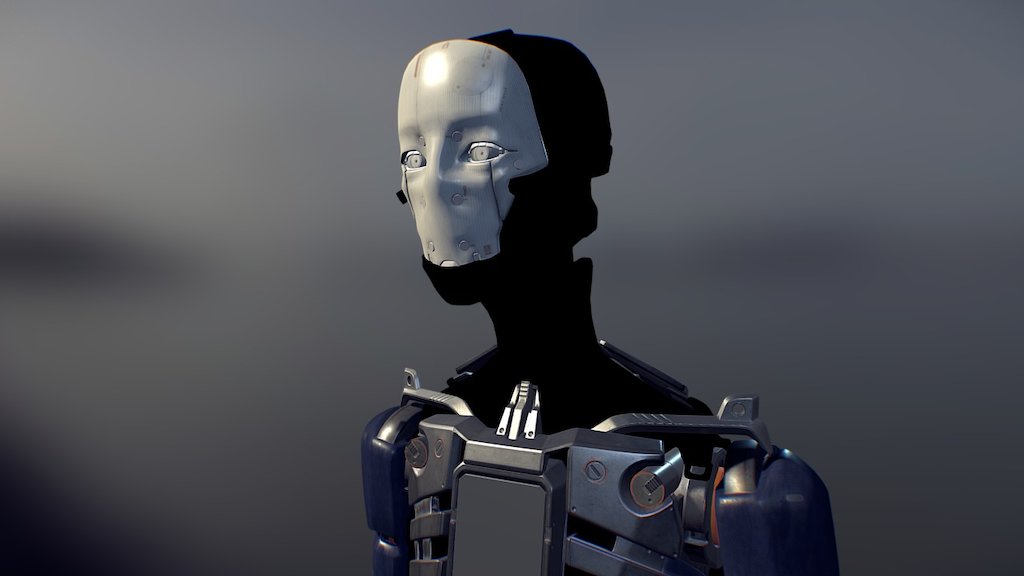
- #Unity 3d character how to
- #Unity 3d character update
- #Unity 3d character code
- #Unity 3d character plus
- #Unity 3d character free
Vector3 capsuleBottom = transform.TransformPoint(capsuleCollider.center - Vector3.up * capsuleHeight / 2f) įloat radius = transform.TransformVector(capsuleCollider.radius, 0f, 0f).magnitude / Checks whether the character is on the ground and updates įloat capsuleHeight = Mathf.Max(capsuleCollider.radius * 2f, capsuleCollider.height)
#Unity 3d character free
Being off by 1 centimeter seems reasonable to me, but feel free to tweak that value if you want more or less precision.
#Unity 3d character plus
There’s some additional math for converting local points to world points, plus the raycast actually starts 1 cm up from the base of the capsule and is allowed to be 1 cm beyond the maximum length to account for the imperfectness of the physics system and floating point arithmetic. Max distance = hypotenuse - radius = radius / cos(θ) - radius The raycast will tell us the normal vector when it hits something, so with that information we can calculate maximum distance with the following equation: The length of the adjacent side is our radius, the hypotenuse is the distance from the center of the lower cap of the capsule to the maximum raycast hit position, and theta is the angle between the normal vector of the hit surface (the blue line) and the up vector. We can take advantage of the fact that there is a right triangle formed by the center point of the lower cap of the capsule, capsule contact point, and raycast hit point. We are trying to find the length of the red line which is the length of the ground raycast when the capsule is grounded. It turns out cosine is the only trigonometric function we need: cos(θ) = adjacent side / hypotenuse We know the radius of the capsule and we can get the normal vector of the surface from the raycast hit information. This requires a little bit of trigonometry. If the raycast is too short, it won't touch the ground on a slope, even though the character should be considered grounded.Ī straightforward solution I came up with (maybe this is standard practice, I have no idea) is to accept different raycast hit distances depending on the angle of the surface it hits. A side effect is that jump may be applied multiple FixedUpdates in a row while the ray is still hitting. If the raycast is too long, the character will be grounded even if it is not actually touching the ground. There is a problem with this right away though. To put it simply, we start at the base of the capsule and do a raycast downward and see if it hits something. We need to make sure the character is on the ground or else holding the jump input button will make the character fly into the sky! This will also take the slope into consideration so that the character can't jump if sliding down a too-steep slope. If we don't do this check, jumping won't work right.
#Unity 3d character update
private void FixedUpdate()ĬheckGrounded() will check whether the character is on the ground and update the IsGrounded variable. The two functions don't exist yet, so we'll create them below.
#Unity 3d character code
Often, code uses Update(), but that is called every frame, which won't work well for character updates that are affected by physics because framerate can vary significantly based on your computer and how complex your scene is. 02 seconds by Unity alongside physics updates.

Second is FixedUpdate(), which gets called every.

First is Awake(), where we find our Rigidbody and CapsuleCollider. "new" tells the code to make a new variable in its place that we will manage. We use the new keyword because rigidbody is a variable Unity supported many years ago but no longer supports. Next, we'll make a couple private variables to keep track of the Rigidbody and the CapsuleCollider. The remaining code will go inside the curly brackets Public class SimpleCharacterController : MonoBehaviour The code should look like this: using System.Collections The character will be made up of the following components:Ī physical body made up of a Capsule Collider and RigidbodyĪ SimpleCharacterController script that takes and responds to inputĪn InputController script or a SimpleCharacterAgent script if you’re using ML-AgentsĬreate a new C# script called SimpleCharacterController.cs and open it.ĭelete the Start() and Update() functions so that you have a clean, empty class. IsGrounded functionality (prevents jumping while airborne, plus is useful for other stuff)

Slope limit (prevents jumping up steep slopes) The functionality we’ll make for this character includes: We will not use the built in Unity CharacterController primarily because we want a character that works with Rigidbody physics.
#Unity 3d character how to
In this tutorial you’ll learn how to create a very simple character controller for Unity that also works with ML-Agents.


 0 kommentar(er)
0 kommentar(er)
